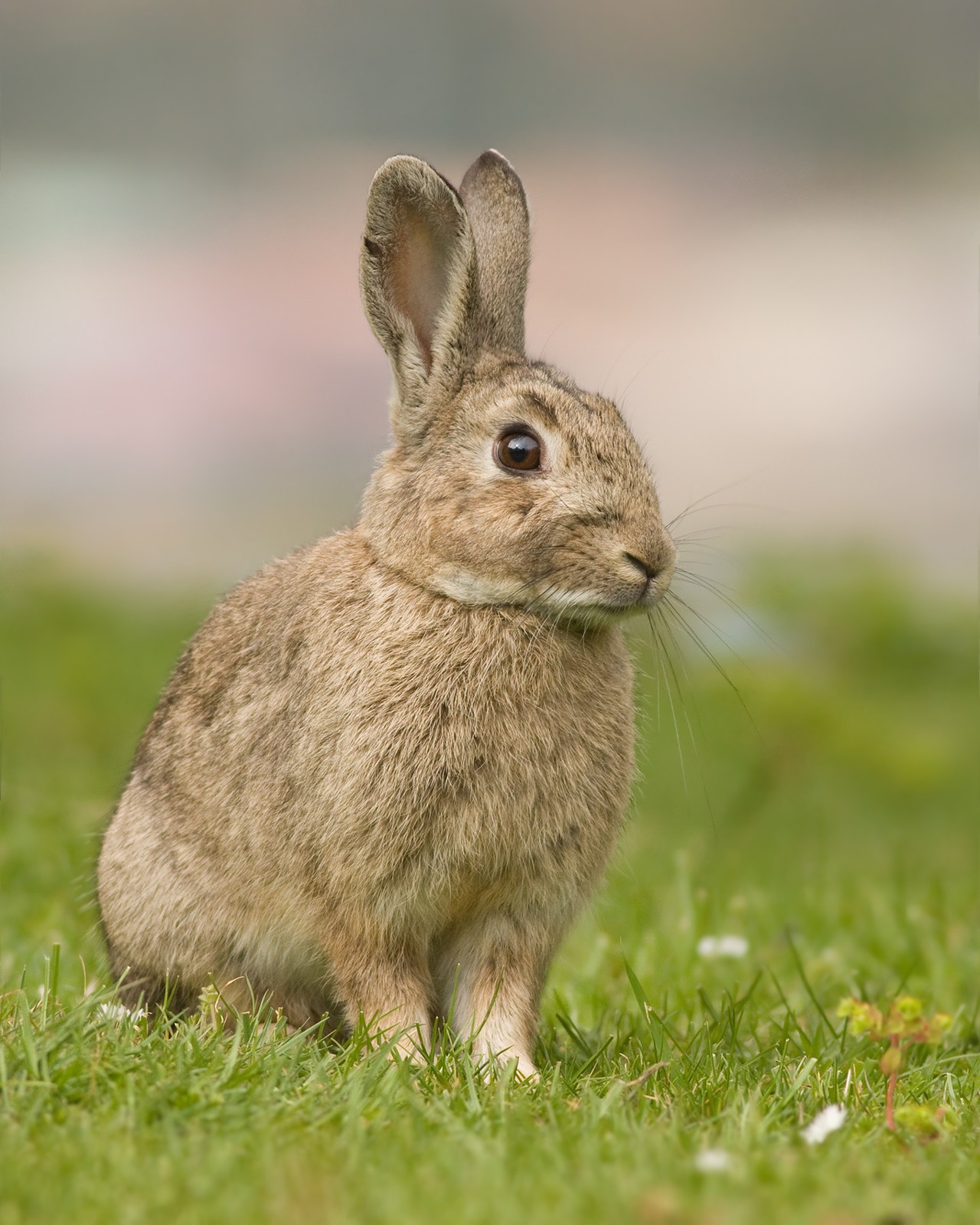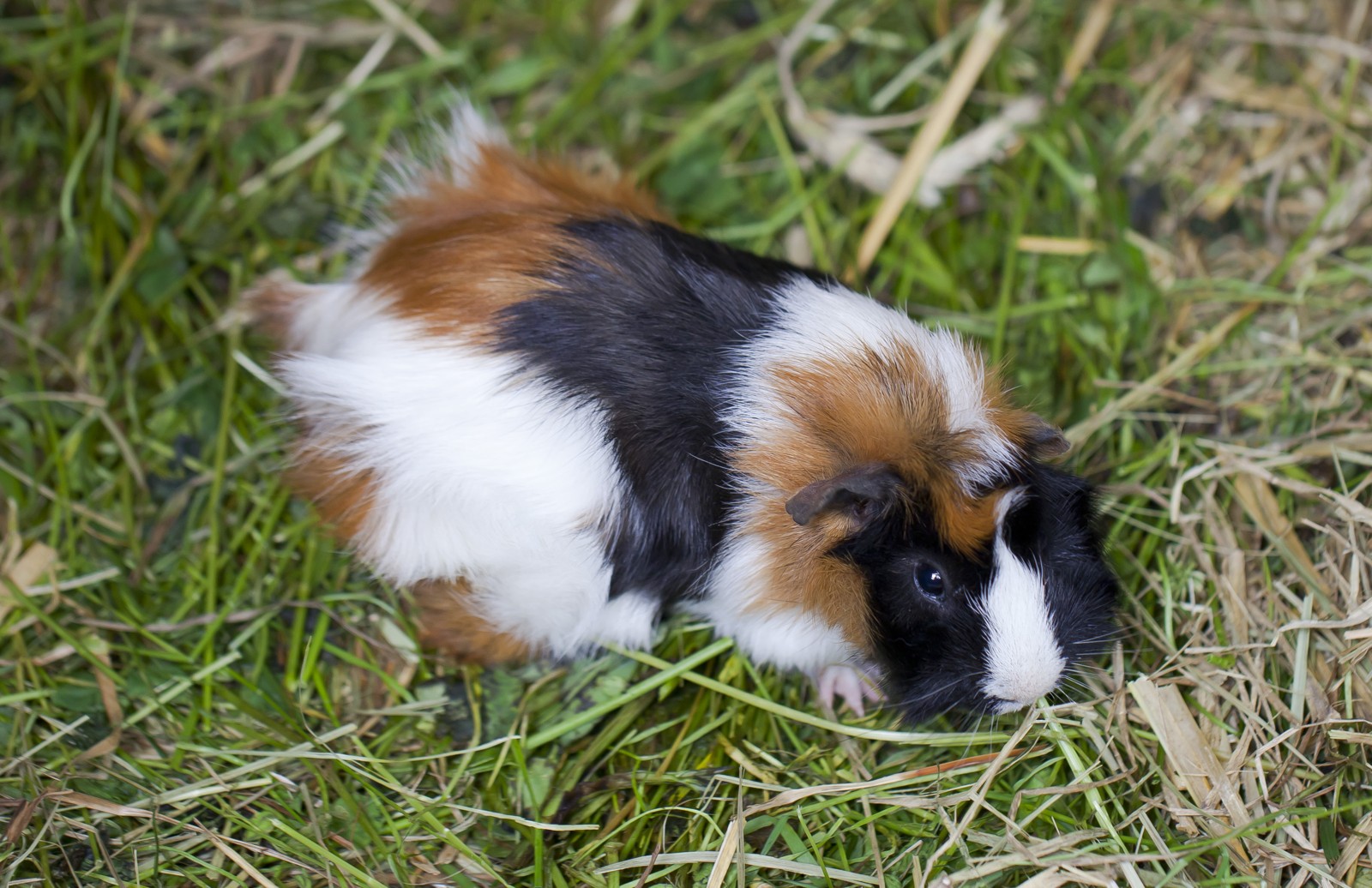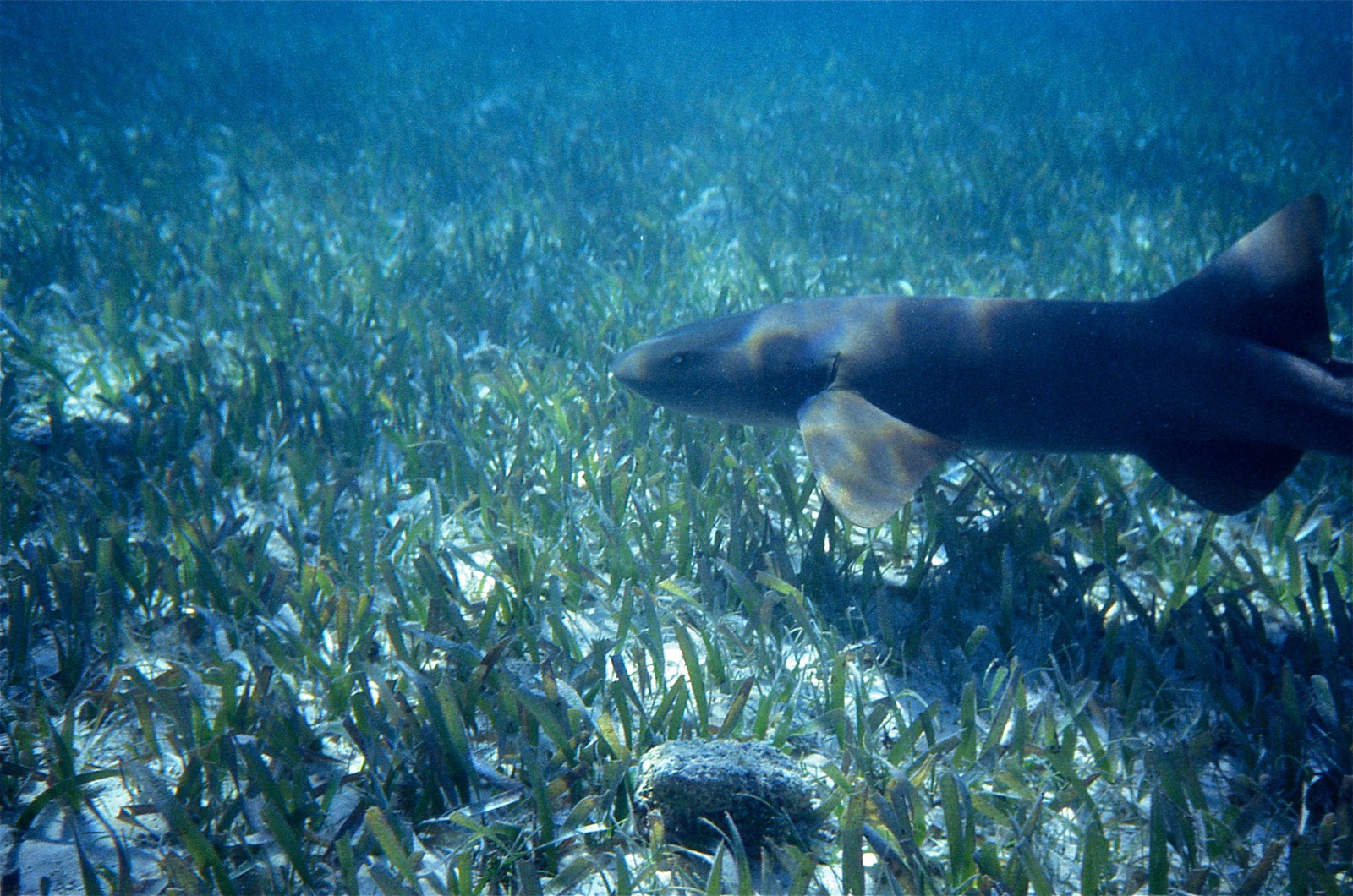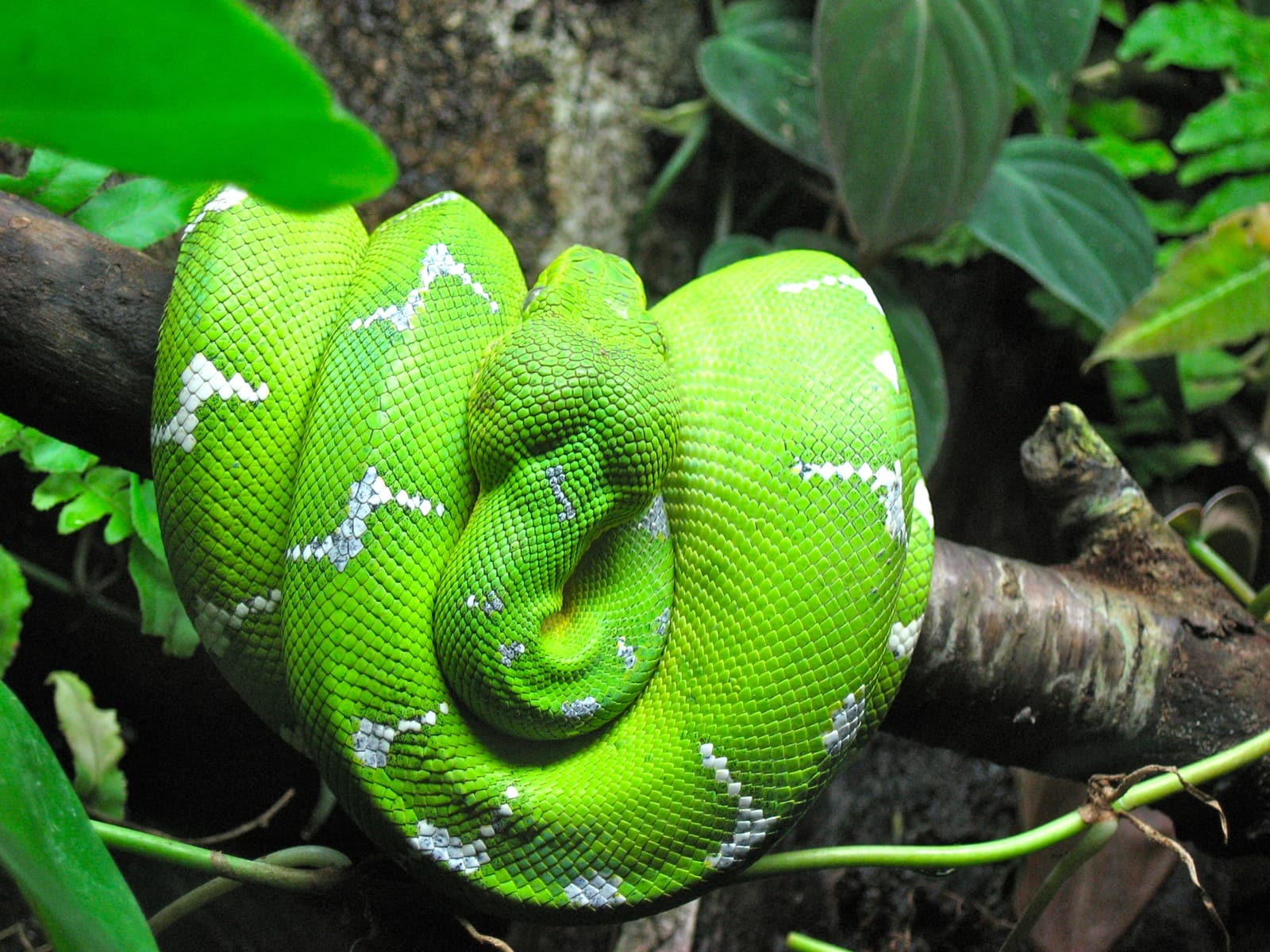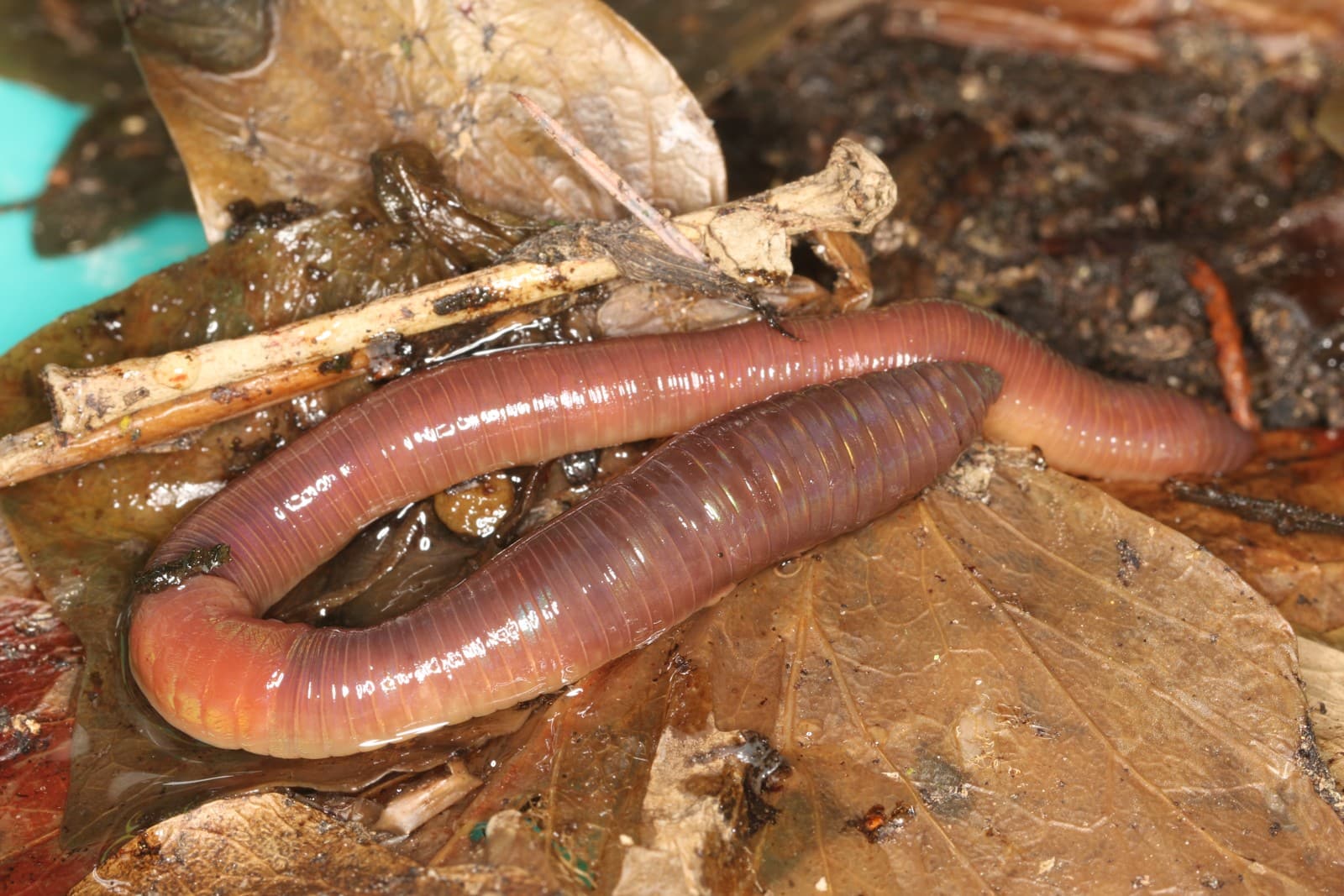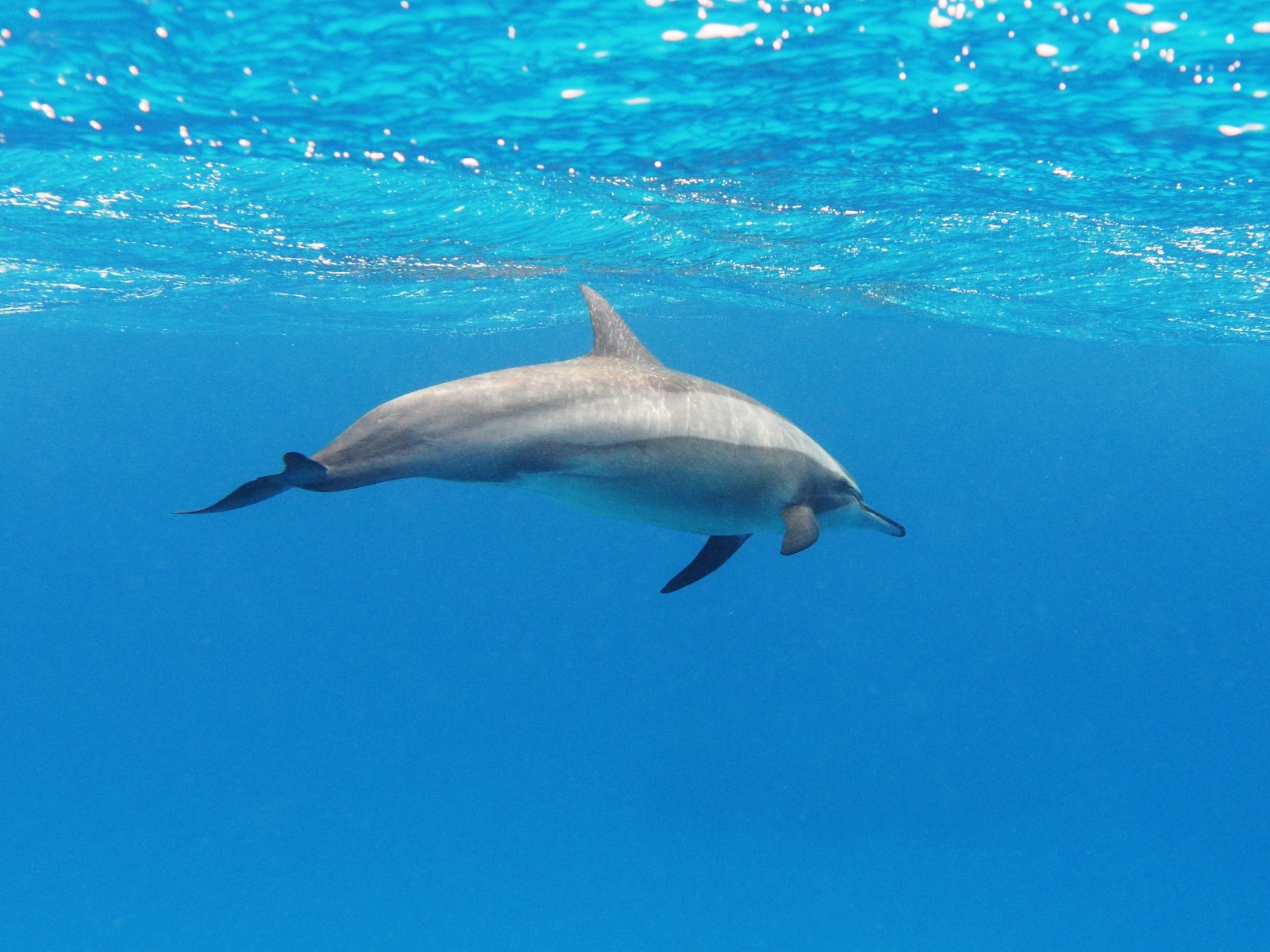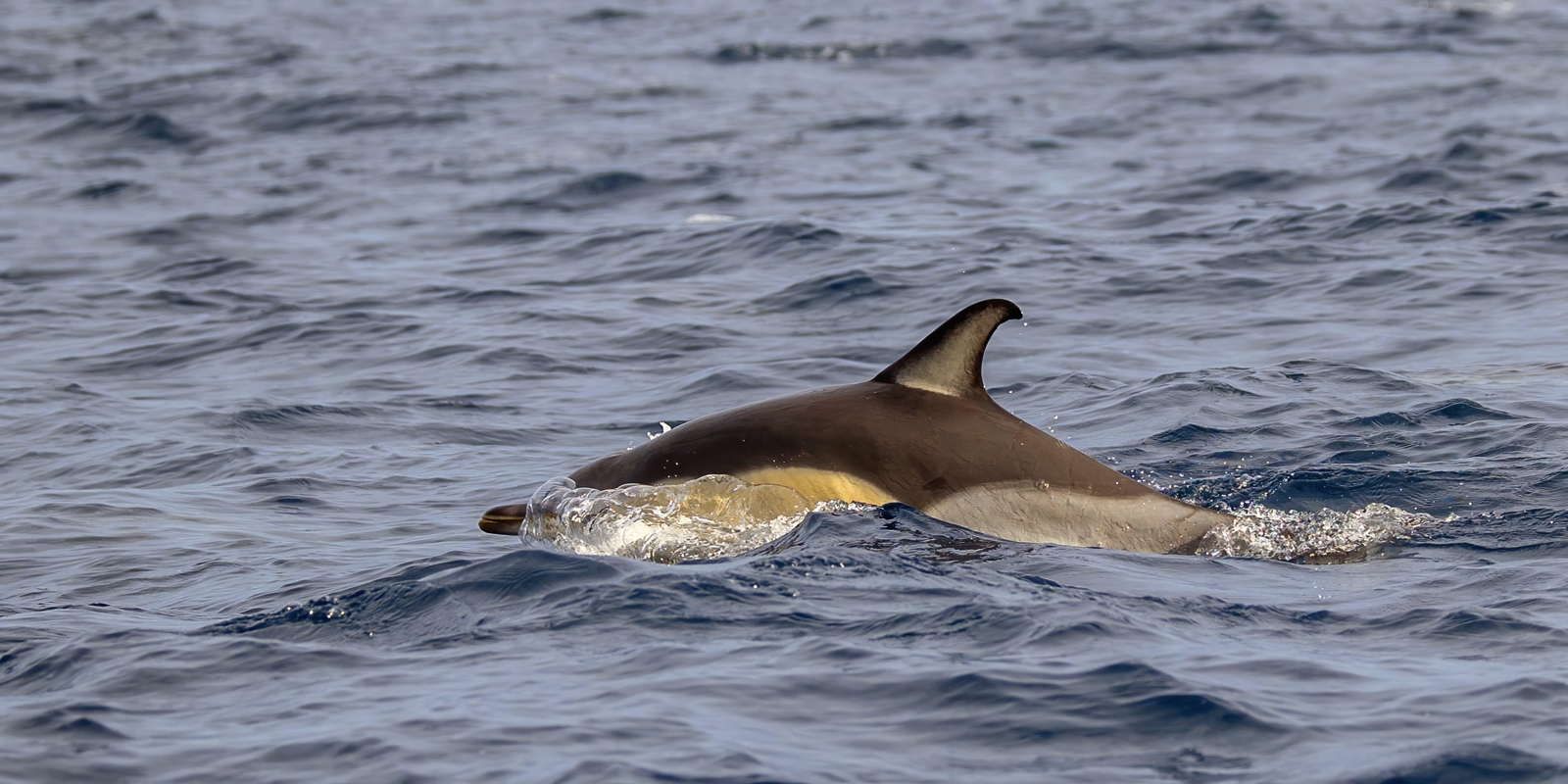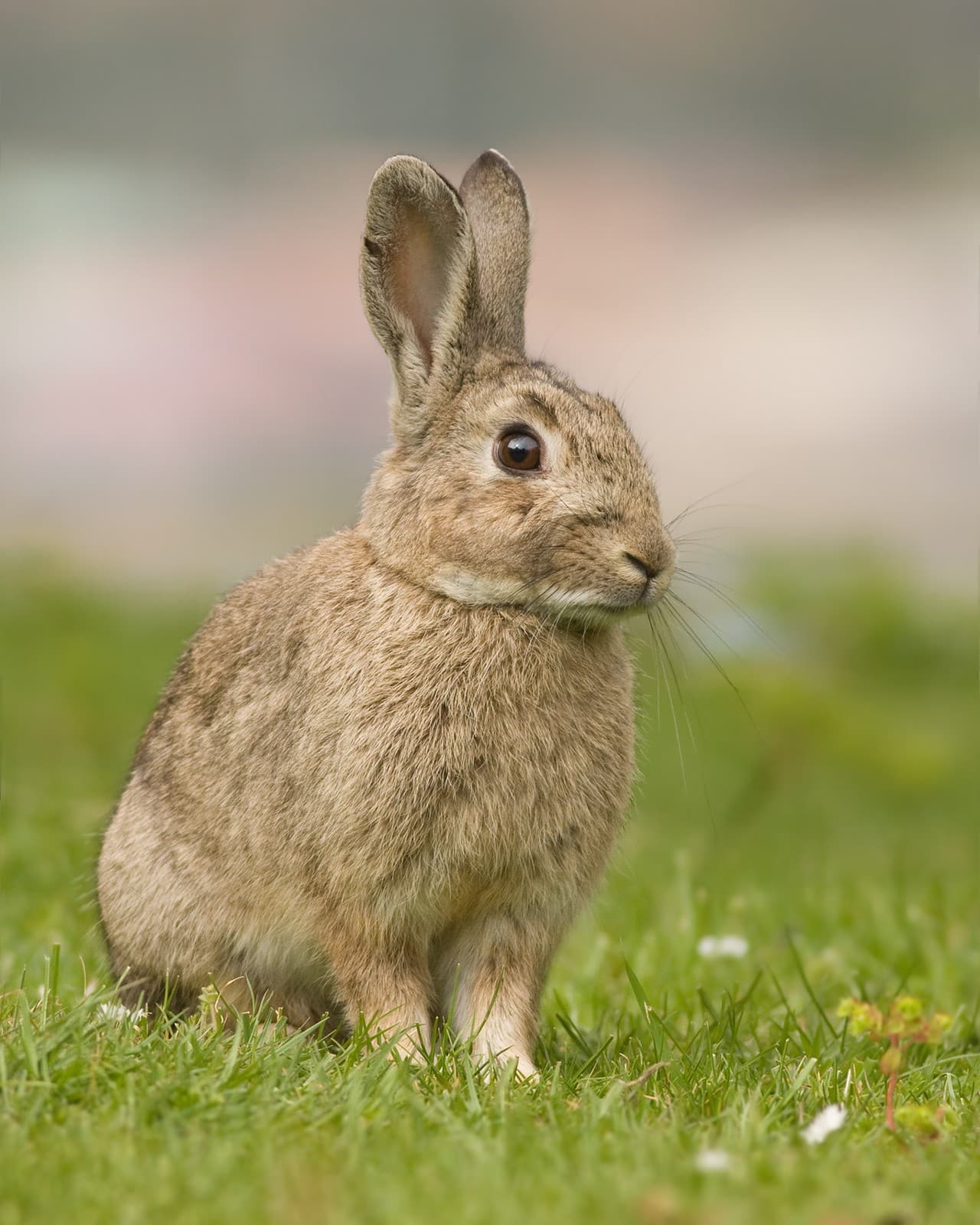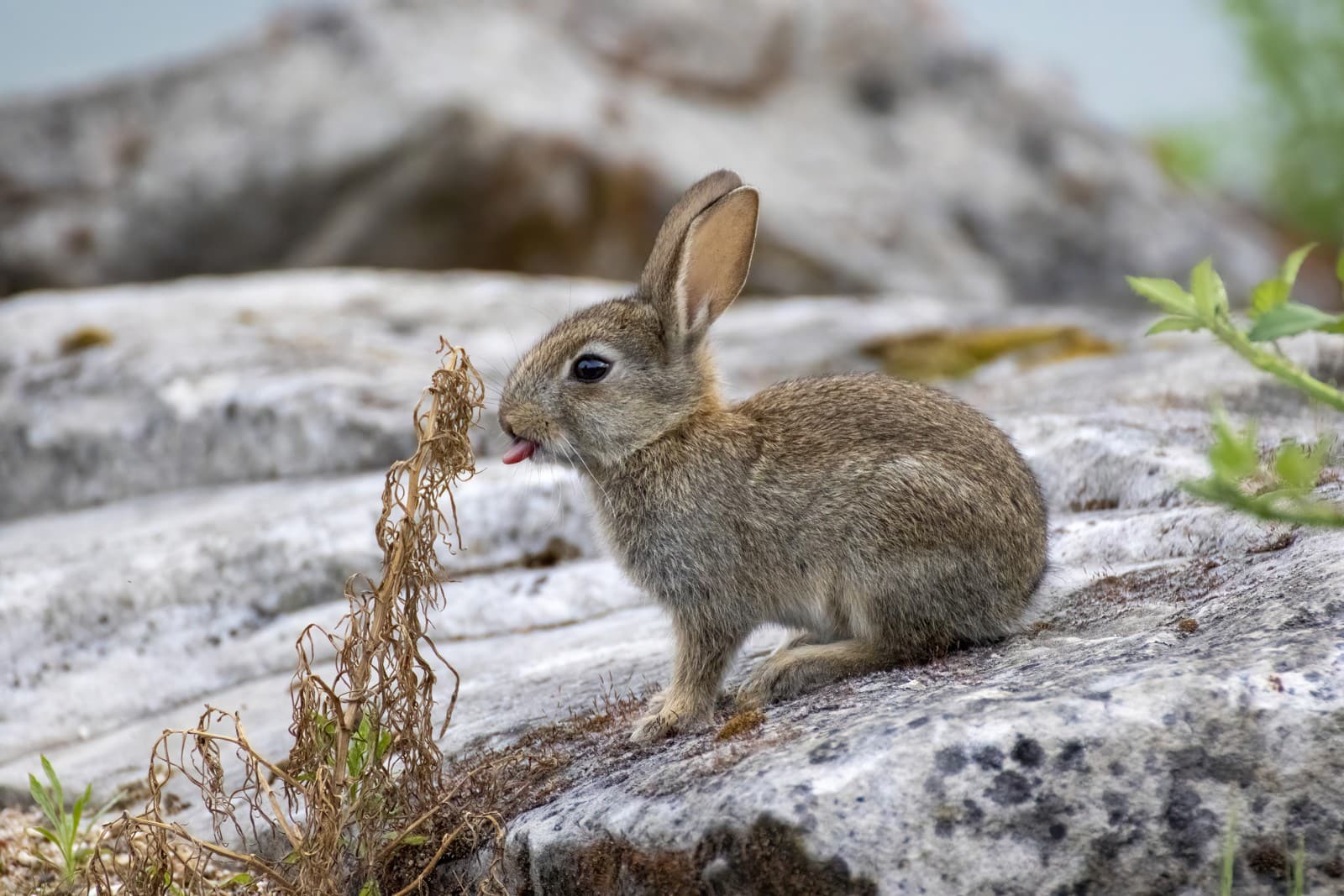Pudu vs Dik-Dik: A Complete Comparison
When comparing Pudu vs Dik-Dik, we’re examining two of nature’s most diminutive hoofed mammals, each holding remarkable records in their respective families. The Pudu, standing just 13-17 inches (32-43 cm) at shoulder height, claims the title of world’s smallest deer, while the Dik-dik, measuring 12-16 inches (30-40 cm), represents one of Africa’s tiniest antelopes.
Despite their similar sizes, these miniature marvels evolved independently on different continents, developing distinct adaptations to their respective environments. The South American Pudu thrives in dense Andean forests, while the African Dik-dik masters survival in savanna brush country.
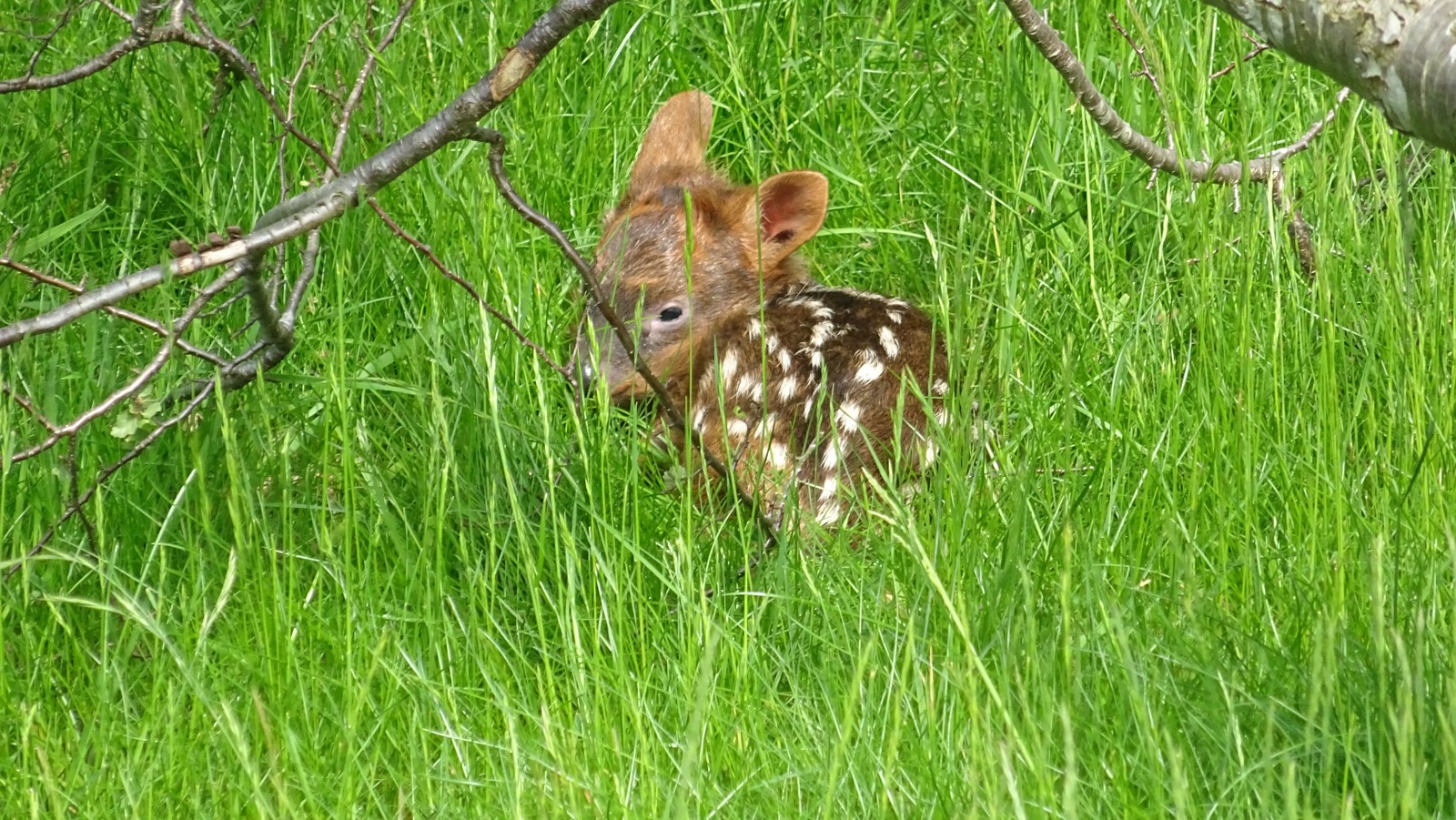
© AgainErick / CC BY-SA 4.0
The Southern Pudu demonstrates remarkable agility in its dense forest habitat, capable of executing tight turns and sprinting through thick underbrush. Their compact size allows them to navigate fallen logs and thick vegetation with ease, while their spotted coat pattern provides excellent camouflage.
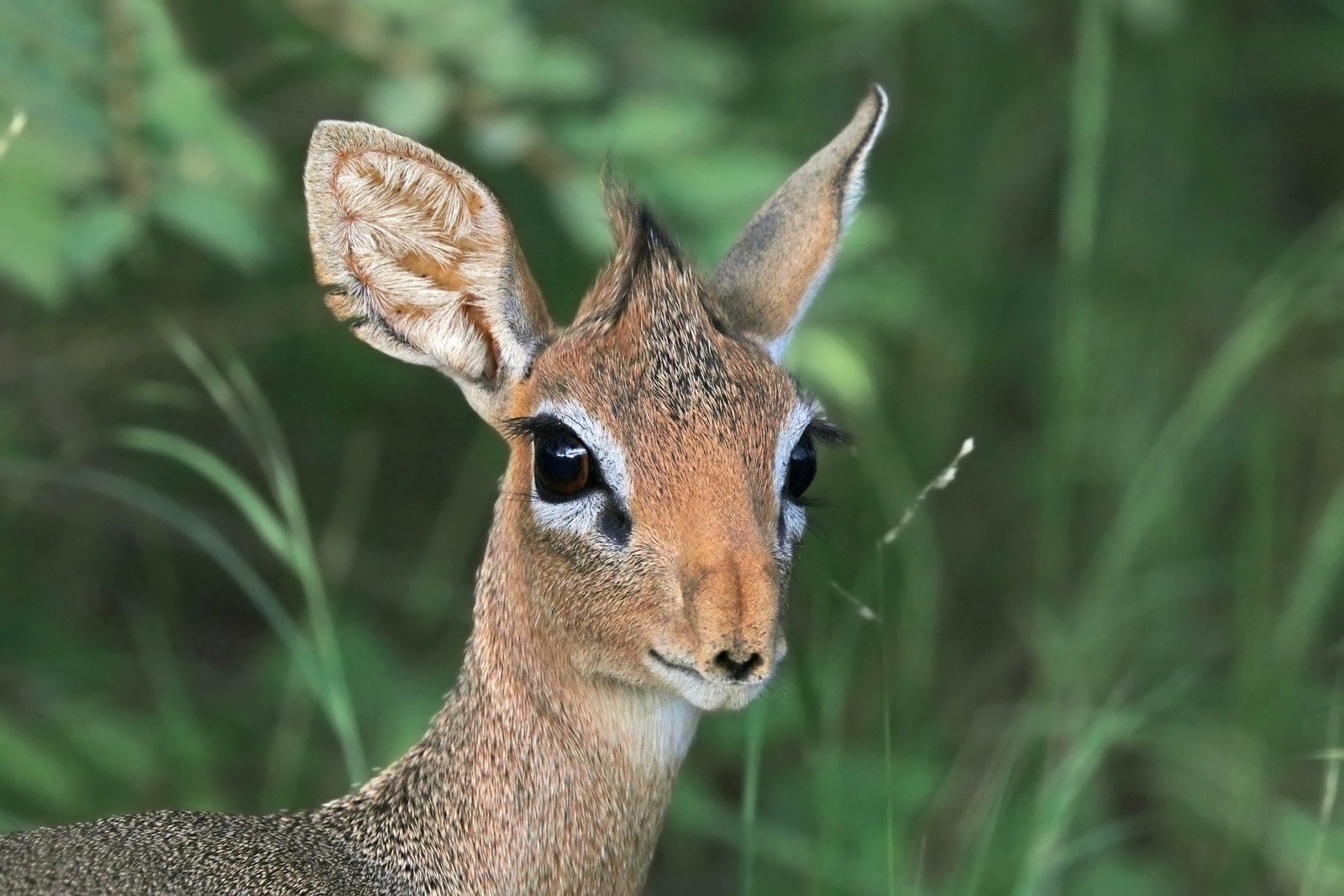
© Charles J. Sharp / CC BY-SA 4.0
The Dik-dik exhibits specialized adaptations for savanna life, including an elongated snout with an internal cooling system and oversized eyes for enhanced predator detection. Their name derives from the whistling “dik-dik” alarm call they make when threatened.
Key Differences: Pudu vs Dik-Dik
| Feature | Pudu | Dik-Dik |
|---|---|---|
| Family | Cervidae (Deer) | Bovidae (Antelope) |
| Height | 13-17 inches (32-43 cm) | 12-16 inches (30-40 cm) |
| Weight | 14-30 lbs (6.4-13.6 kg) | 7-16 lbs (3-7 kg) |
| Habitat | Andean forests | African savanna/brushland |
| Horn/Antler Type | Small, simple antlers (males only) | Short, straight horns (males only) |
| Social Structure | Solitary or pairs | Monogamous pairs |
Habitat and Distribution
The Pudu inhabits temperate rainforests of southern Chile and Argentina, preferring dense understory vegetation between sea level and 5,900 feet (1,800 meters). In contrast, Dik-diks thrive in East African savannas and brushlands, ranging from Somalia to central Tanzania.
Behavioral Differences
Social Structure
Pudus typically lead solitary lives, coming together primarily for breeding. Dik-diks, however, form strong monogamous pairs that share and defend territories year-round. These pairs maintain their bonds through regular scent-marking and vocal communication.
Defensive Strategies
When threatened, Pudus rely on their ability to freeze, sprint in zigzag patterns, and hide in dense vegetation. Dik-diks employ a more sophisticated alarm system, using their distinctive calls to warn others of danger while running in an unusual bouncing pattern that makes them harder to catch.
Diet and Feeding Habits
Both species are selective browsers, but their dietary preferences reflect their distinct habitats:
-
Pudu Diet:
- Bamboo shoots
- Tree leaves
- Tender twigs
- Fruits
- Fallen vegetation
-
Dik-dik Diet:
- Acacia leaves
- Berries
- New shoots
- Succulent plants
- Tree fruits
Conservation Status
Both species face challenges from habitat loss and fragmentation, though their current conservation statuses differ. Pudus are classified as Near Threatened, while most Dik-dik populations remain stable. However, both require continued monitoring and habitat protection to ensure their survival.
Who Would Win in a Confrontation?
While neither species is naturally aggressive, comparing their defensive capabilities reveals interesting adaptations. Dik-diks possess slightly better speed and agility, capable of reaching speeds up to 26 mph (42 kph), while Pudus max out at about 23 mph (37 kph). However, both species rely primarily on avoidance rather than confrontation, making such encounters extremely unlikely in nature.
Through millions of years of evolution, both the Pudu and Dik-dik have mastered the art of surviving as miniature ungulates in their respective ecosystems. Their parallel evolution on different continents demonstrates nature’s remarkable ability to produce similar solutions to comparable environmental challenges.
